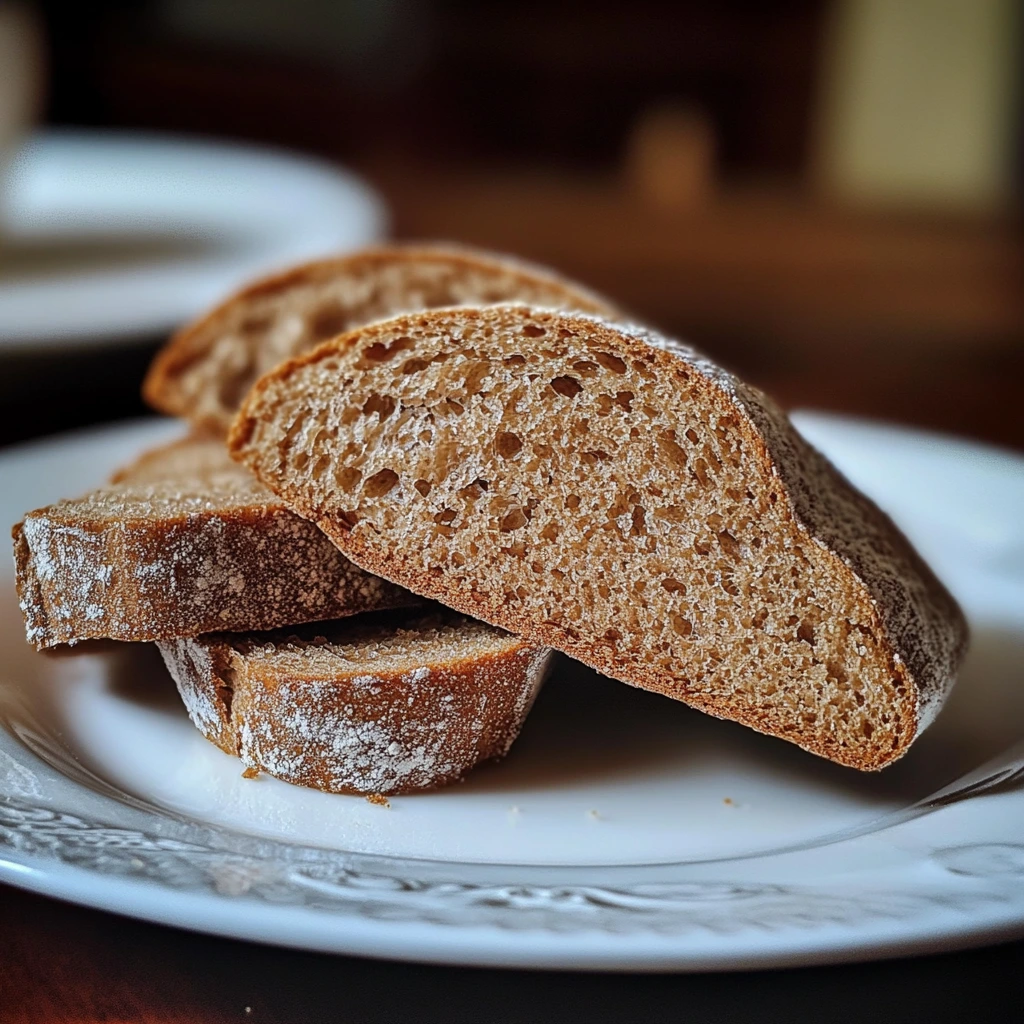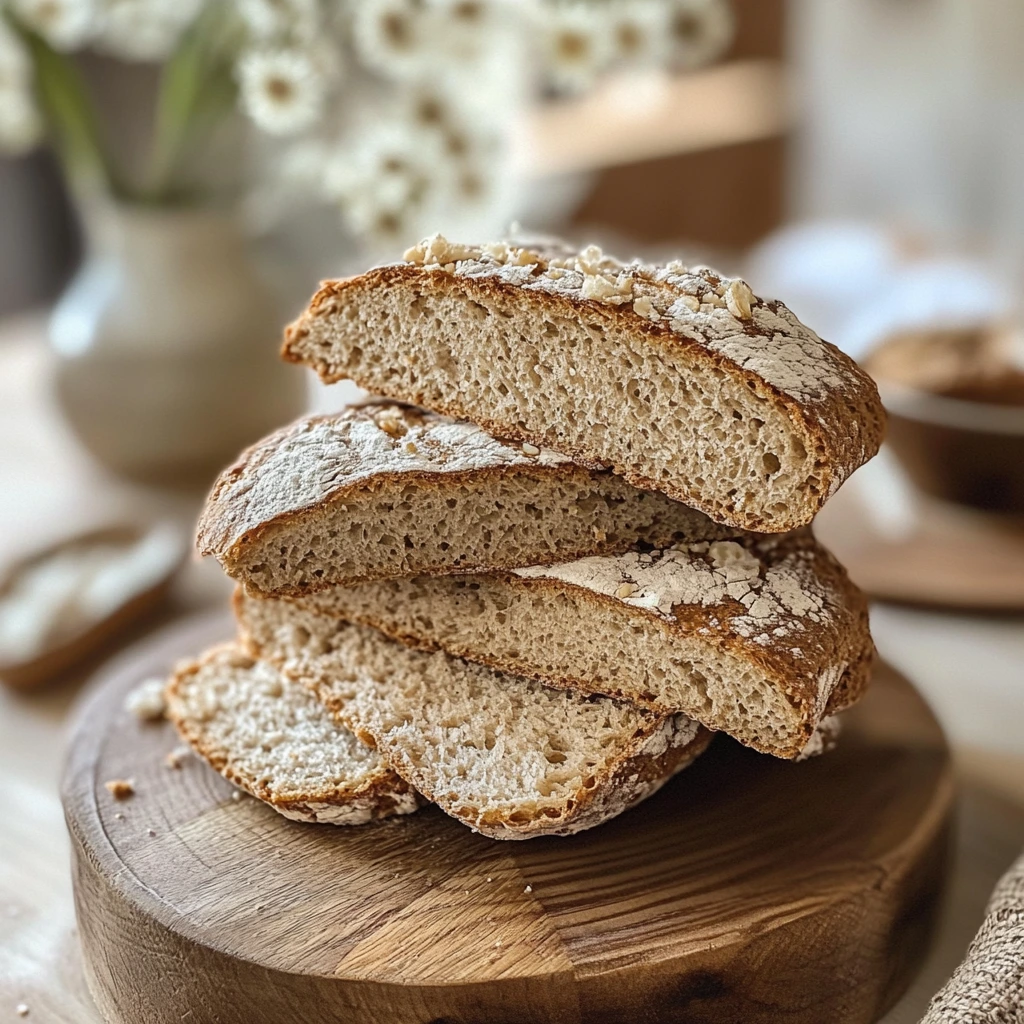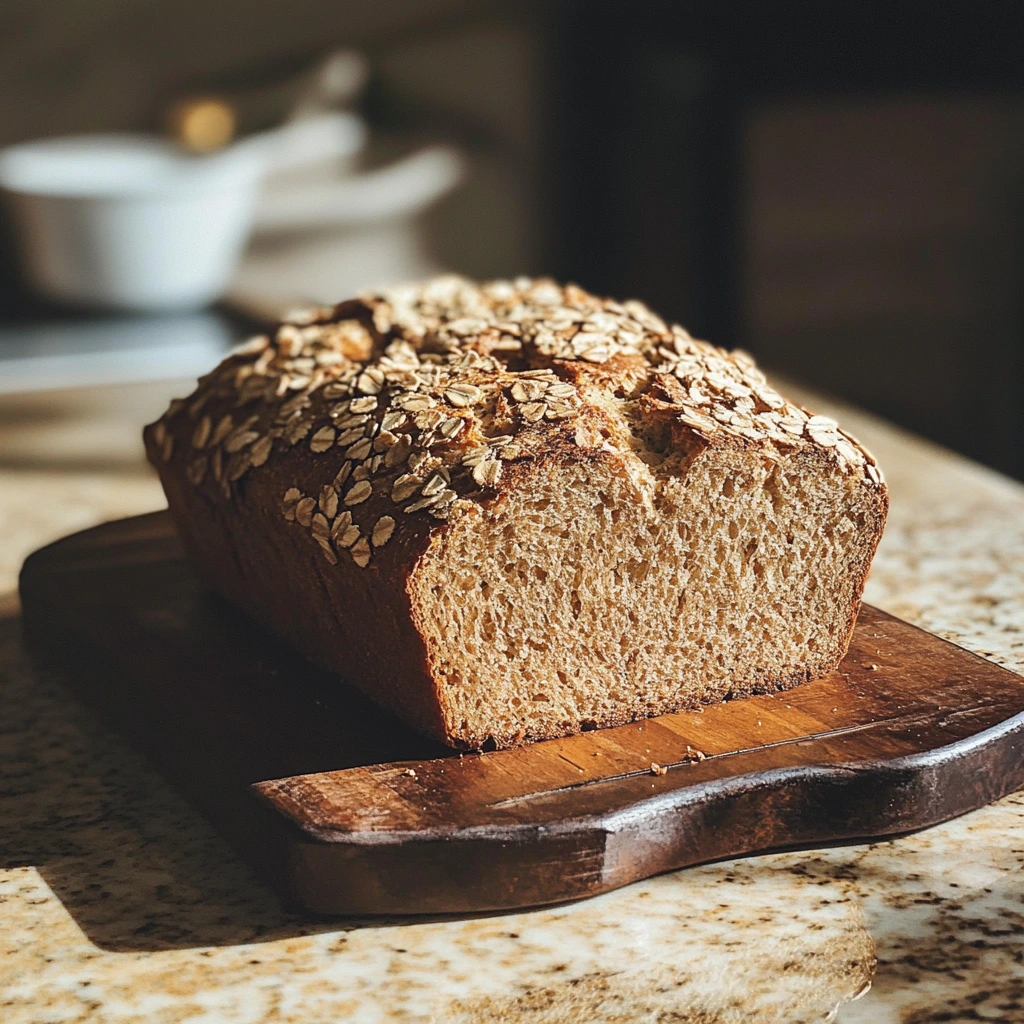Making the perfect gluten free bread at home can feel intimidating—especially without a bread machine. But with the right ingredients, tips, and a little patience, you can create a loaf that’s soft, fluffy, and full of flavor—no kitchen gadgets required. Whether you’re celiac, gluten-sensitive, or just looking for a healthier alternative, this guide will walk you through everything you need to know to master a gluten free bread recipe that works every time.
🥖 Why Make Gluten Free Bread at Home?
Store-bought gluten free breads are often:
- Dry or crumbly
- Full of preservatives
- Pricey
When you bake your own, you get:
- Control over ingredients
- Better taste and texture
- Fresh, warm bread whenever you want
And the best part? You don’t need a bread machine—just a bowl, a loaf pan, and your oven.
🧂 Ingredients That Matter

Unlike traditional bread, gluten free bread relies on a mix of flours and binders to mimic gluten’s elasticity. Here’s what you’ll need:
Dry Ingredients:
- 2 cups gluten free all-purpose flour (use one that includes xanthan gum)
- 1 cup almond flour (adds moisture and protein)
- 1 tablespoon baking powder
- 1 packet (2¼ tsp) active dry yeast
- 1 tablespoon sugar or honey (to feed the yeast)
- ¾ teaspoon salt
Wet Ingredients:
- 1¼ cups warm water (about 110°F)
- 2 tablespoons olive oil
- 2 large eggs (room temperature)
- 1 teaspoon apple cider vinegar (boosts structure and flavor)
🥣 Step-by-Step Instructions

✅ Step 1: Activate the Yeast
In a small bowl, combine warm water, sugar or honey, and yeast. Stir gently and let sit for 5–10 minutes until bubbly. If it doesn’t foam, your yeast is likely expired or the water was too hot or cold.
✅ Step 2: Mix Dry Ingredients
In a large bowl, whisk together the gluten free flour, almond flour, baking powder, and salt. If your flour doesn’t contain xanthan gum, add 1½ teaspoons to the mix now.
✅ Step 3: Combine Wet and Dry
Add the yeast mixture, eggs, olive oil, and apple cider vinegar to the dry ingredients. Mix with a sturdy spoon or hand mixer with dough hooks until smooth. The dough will be sticky and thick, not kneadable like traditional dough—this is normal!
✅ Step 4: First Rise
Lightly grease your loaf pan and spoon the dough into it, smoothing the top with a wet spatula. Cover loosely with plastic wrap or a towel and let it rise in a warm place for 45–60 minutes, or until it has visibly puffed up.
✅ Step 5: Bake
Preheat your oven to 375°F (190°C). Once risen, bake the bread for 35–40 minutes, or until the top is golden and a toothpick comes out clean.
✅ Step 6: Cool Properly
Let the loaf cool in the pan for 5–10 minutes, then transfer it to a wire rack to cool completely. Gluten free bread firms up as it cools, so be patient—slicing too early can cause it to crumble.
🔧 Pro Tips for Success
- Measure flour accurately: Spoon flour into your measuring cup and level off. Too much flour can make the loaf dry.
- Don’t overmix: Once ingredients are combined, stop mixing. Overworking can break down structure in gluten free batters.
- Humidity matters: If your dough seems too dry, add a tablespoon of warm water at a time until sticky but not soupy.
- Room temperature eggs: They blend better and help the bread rise.
🧡 Variations to Try
Once you’ve mastered the base recipe, try these fun twists:
- Herb & Garlic Bread: Add 1 teaspoon garlic powder and 1 tablespoon chopped rosemary.
- Cinnamon Raisin Bread: Add 1 teaspoon cinnamon and ½ cup raisins before the rise.
- Seeded Loaf: Sprinkle chia, sesame, or sunflower seeds on top before baking for a nutty crunch.
🥪 Serving Suggestions
Your fresh gluten free bread is perfect for:
- Morning toast with jam or avocado
- Sandwiches with turkey, cheese, or hummus
- Dipping in soups or stews
- French toast the next day!
❄️ Storing & Freezing
Short-Term:
Store cooled bread in an airtight container at room temperature for up to 2 days.
Longer-Term:
Wrap slices in parchment paper, seal in a freezer bag, and freeze for up to 3 months. Toast from frozen as needed.
❓ FAQ: Gluten Free Bread Recipe (No Bread Machine Needed)
Q: Can I make this recipe egg-free?
Yes. Replace eggs with chia eggs (2 tbsp chia seeds + 6 tbsp water, let sit 10 mins). Texture will be denser but still tasty.
Q: What if I don’t have almond flour?
You can use oat flour or sorghum flour instead, but the flavor and moisture may change slightly.
Q: Can I use instant yeast instead of active dry?
Yes—skip the proofing step and add it directly to the dry mix. Just be sure your water is warm enough to activate it during mixing.
Q: Why is my bread gummy in the center?
This could mean it’s underbaked or needed more rise time. Bake 5–10 minutes longer and check with a thermometer—bread is done around 205°F internally.
📝 Final Thoughts
Baking a gluten free bread recipe with no bread machine is not only possible—it can be life-changing. With the right techniques and a little practice, you’ll have a loaf that rivals (or beats!) anything store-bought. Whether you’re baking for health reasons or just love fresh bread, this recipe is your go-to foundation.


3 thoughts on “How to Make the Perfect Gluten Free Bread Recipe (No Bread Machine Needed)”